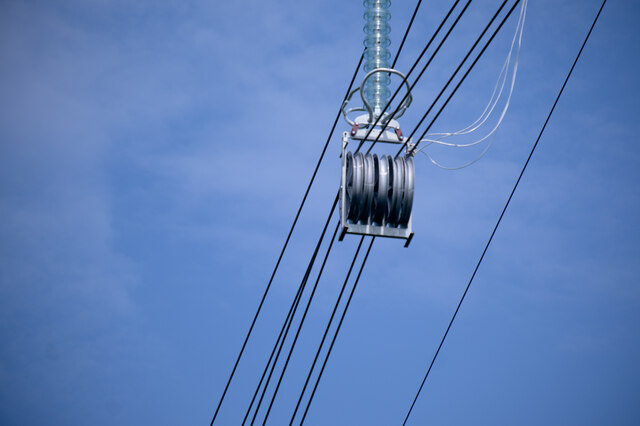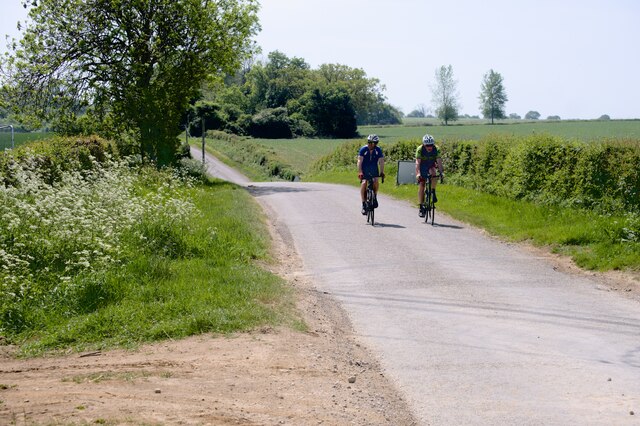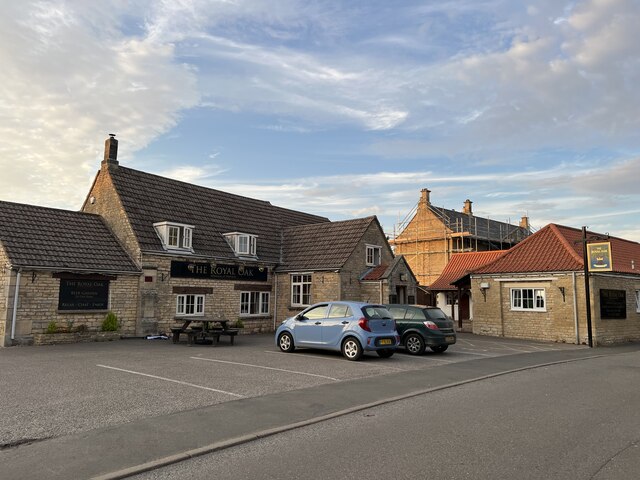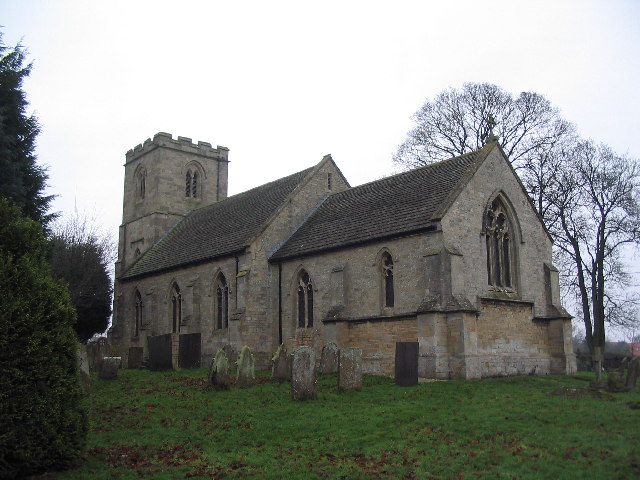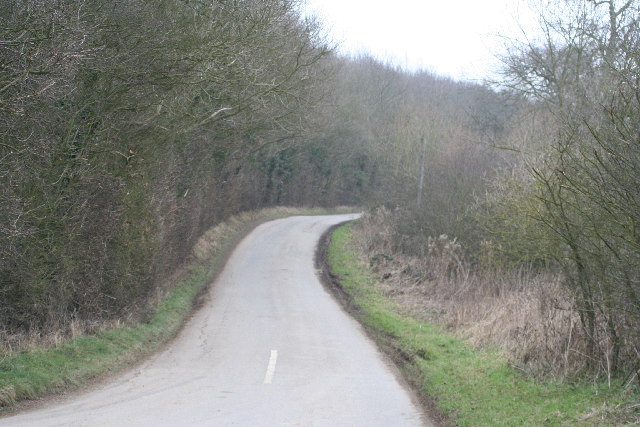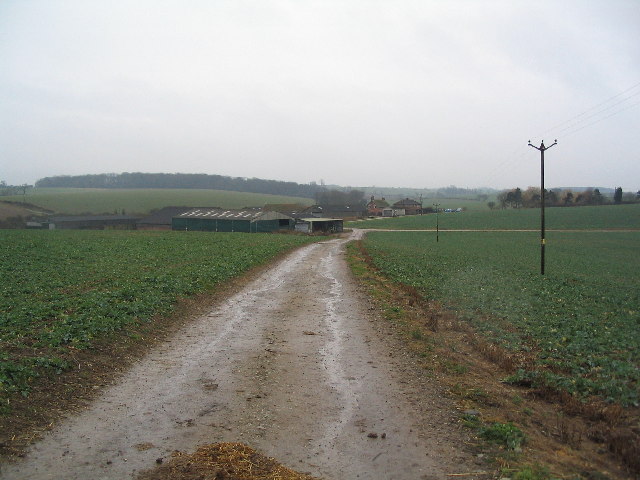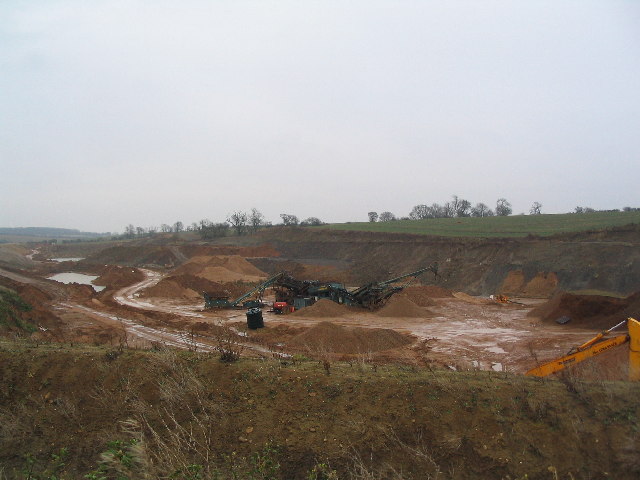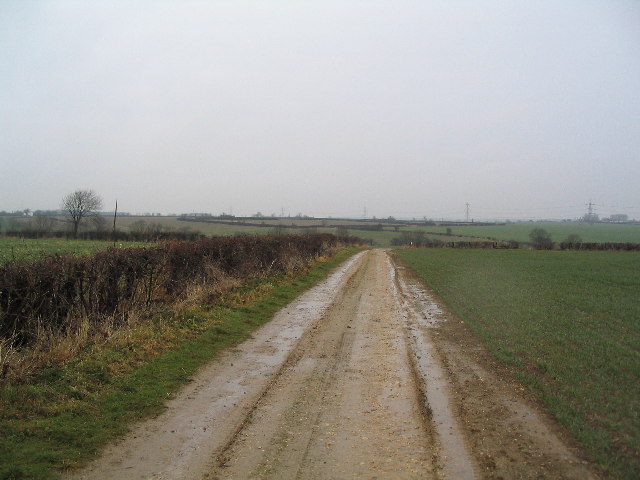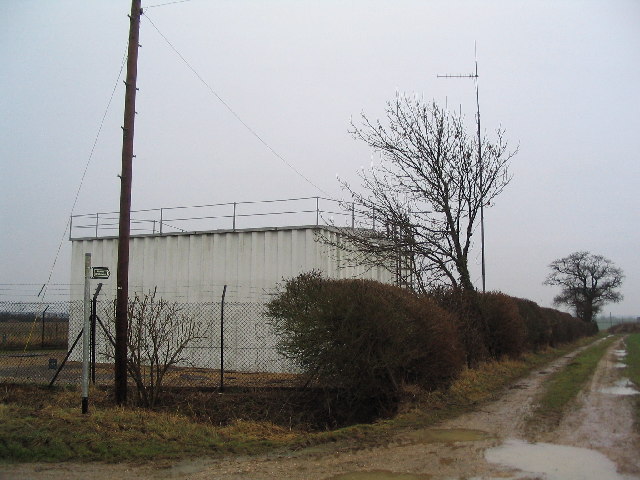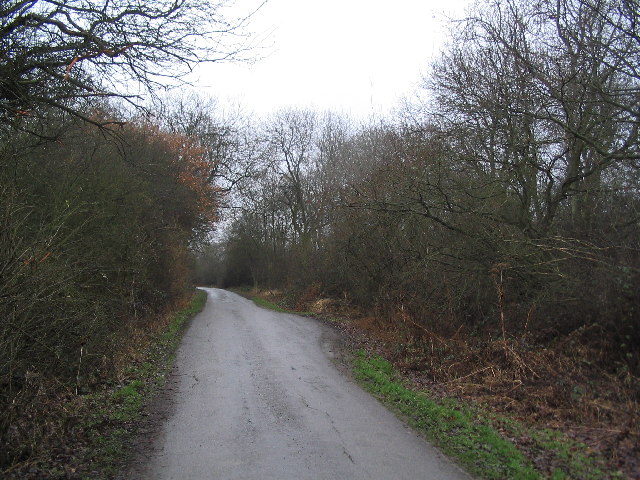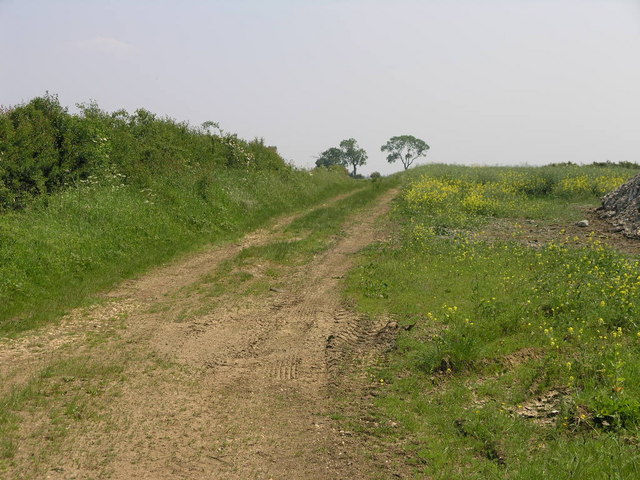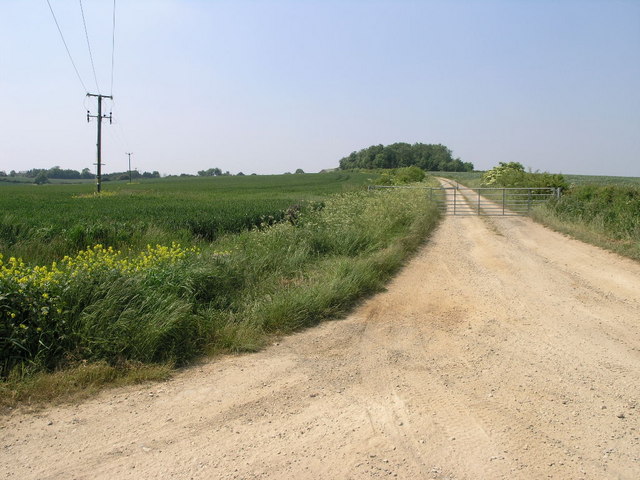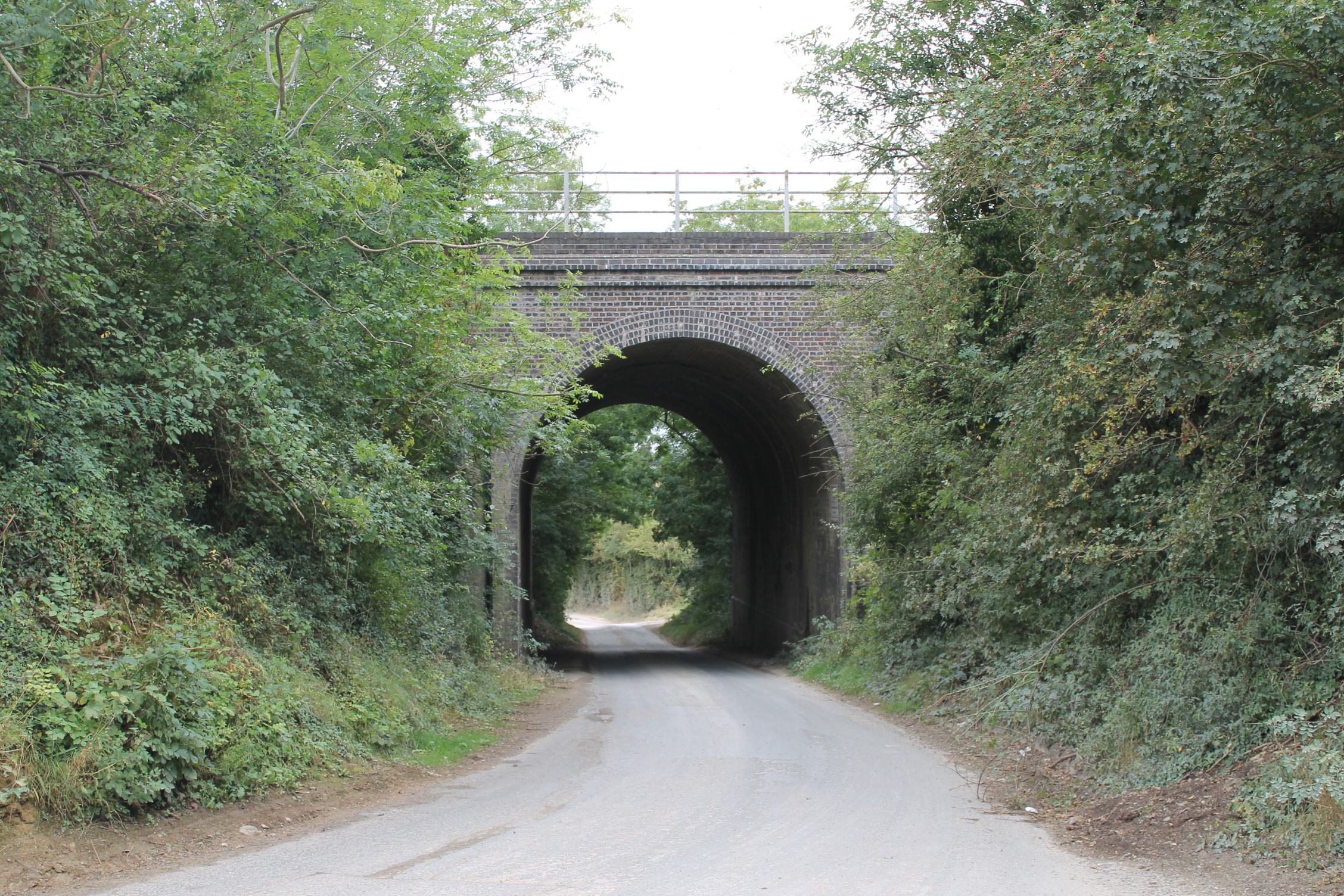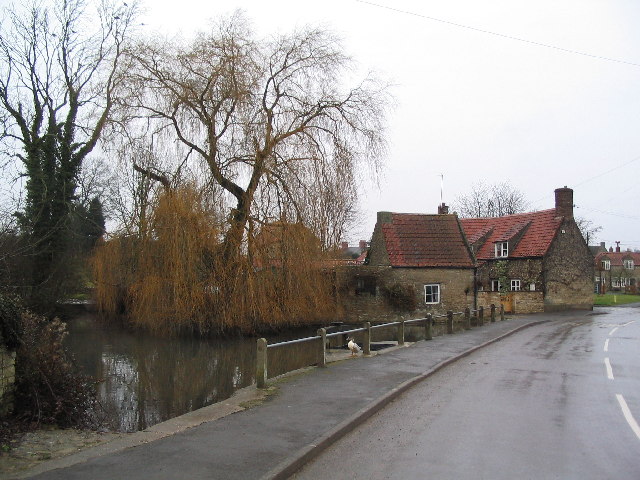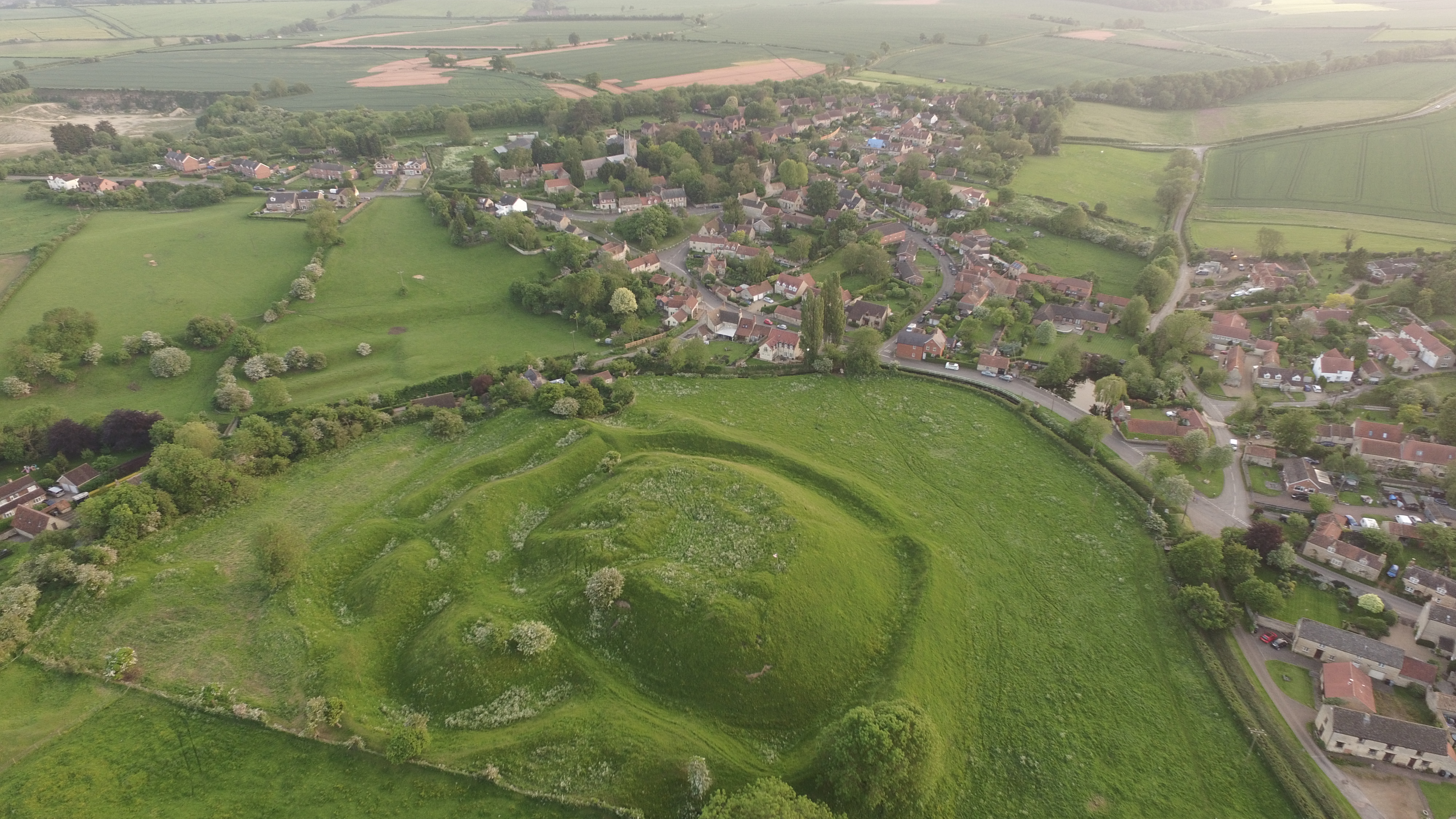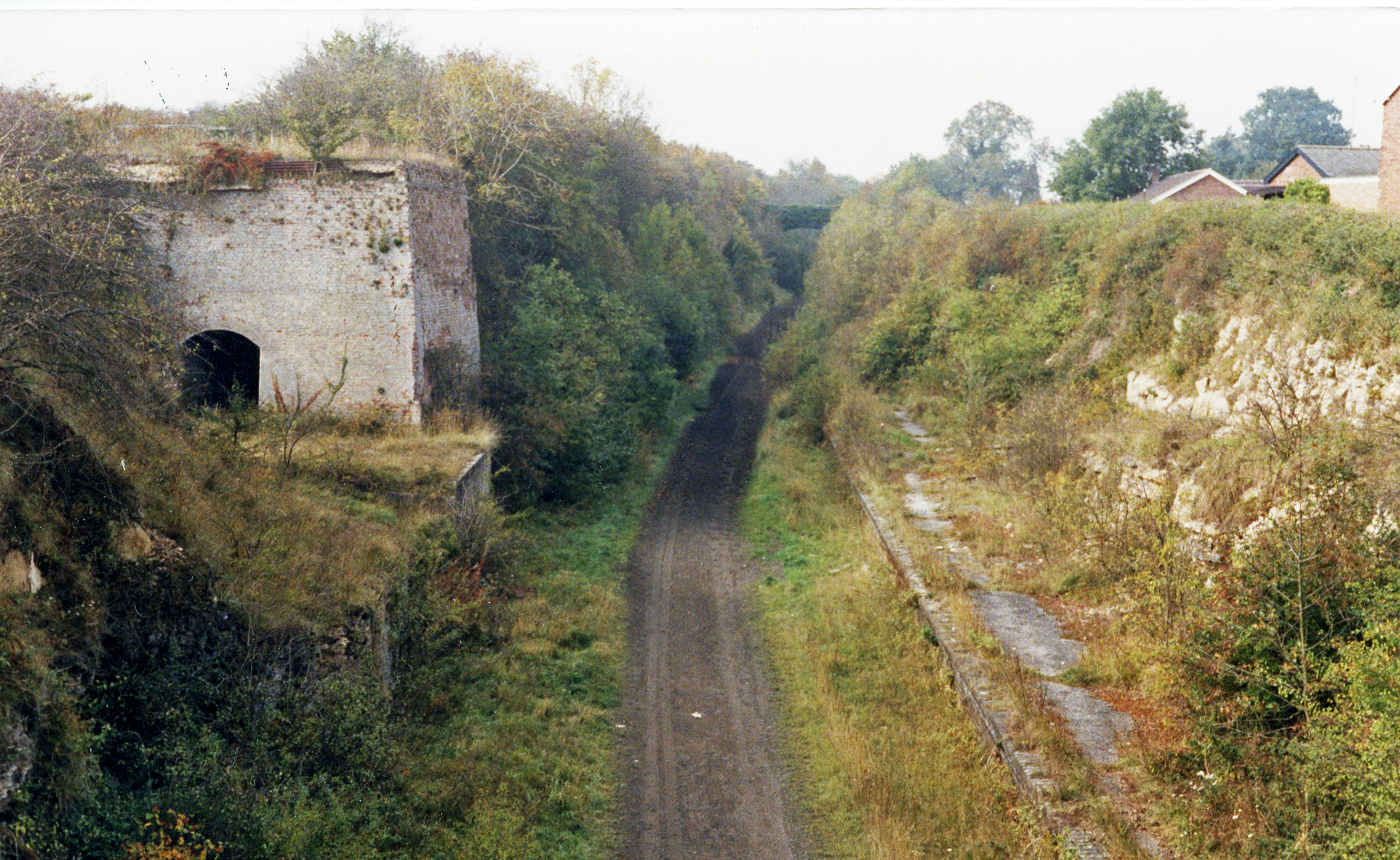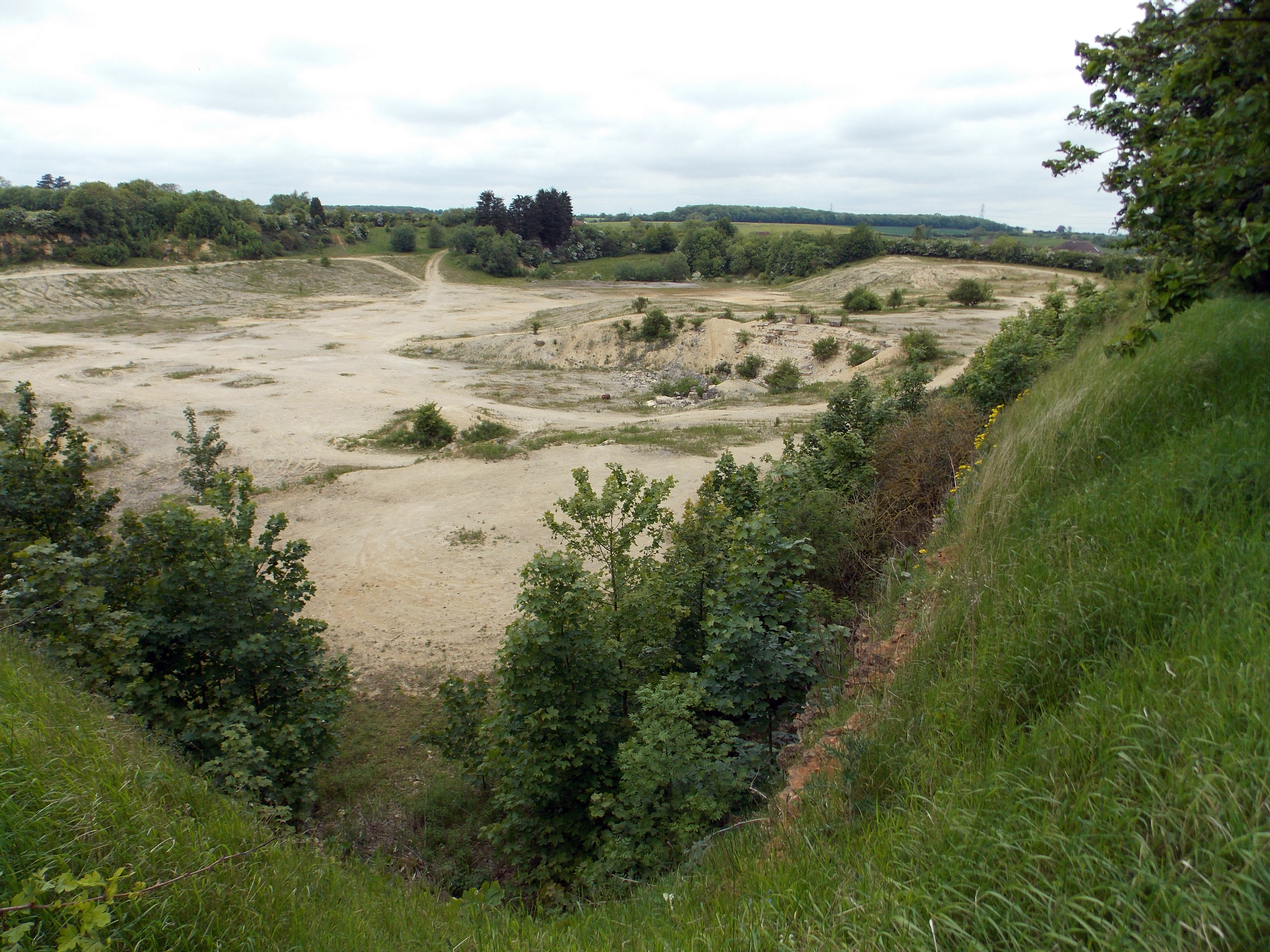Beacon Hill
Hill, Mountain in Lincolnshire South Kesteven
England
Beacon Hill
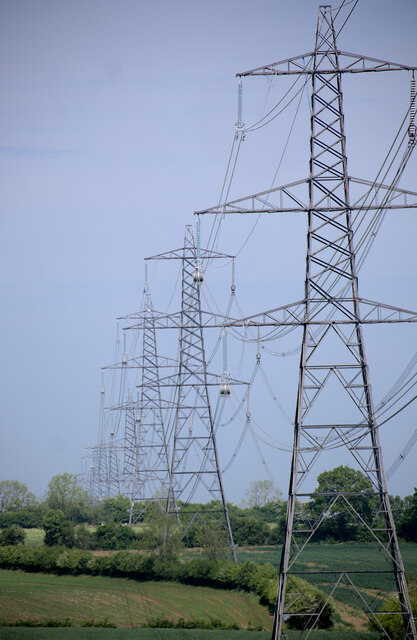
Beacon Hill is a prominent hill located in the county of Lincolnshire in England. Standing at a height of 100 meters (328 feet), it is known for its picturesque landscapes and stunning views of the surrounding area. The hill is part of the Lincolnshire Wolds, an Area of Outstanding Natural Beauty.
Covered with lush greenery and a variety of wildflowers, Beacon Hill is a haven for nature enthusiasts and hikers. The hill is home to a diverse range of flora and fauna, including rare species of plants and butterflies. Walking trails and footpaths crisscross the hill, offering visitors the opportunity to explore its natural beauty.
Beacon Hill has a rich history dating back centuries. In the past, it served as a signaling point with beacons lit to warn of impending danger or celebrate important events. The remains of an ancient beacon can still be seen on the hilltop, serving as a reminder of its historical significance.
At the summit of Beacon Hill, visitors are rewarded with breathtaking panoramic views of the Lincolnshire countryside. On a clear day, one can see as far as the Lincoln Cathedral, which stands as a majestic landmark in the distance.
The hill is easily accessible, with a car park located at its base and nearby amenities such as cafes and picnic areas. It attracts both locals and tourists alike, offering a peaceful retreat and an opportunity to connect with nature. Beacon Hill is truly a gem in the Lincolnshire landscape, offering a haven of tranquility and natural beauty.
If you have any feedback on the listing, please let us know in the comments section below.
Beacon Hill Images
Images are sourced within 2km of 52.779842/-0.54656841 or Grid Reference SK9821. Thanks to Geograph Open Source API. All images are credited.

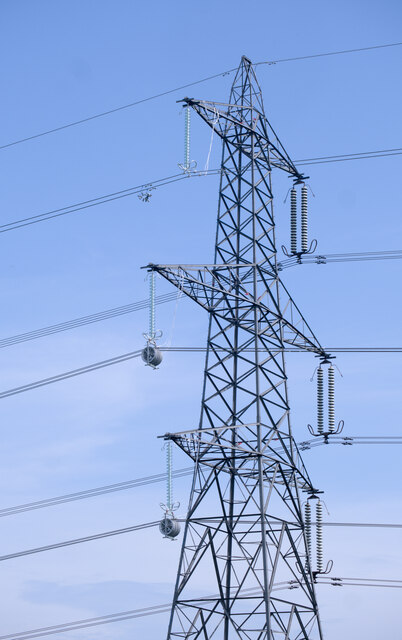
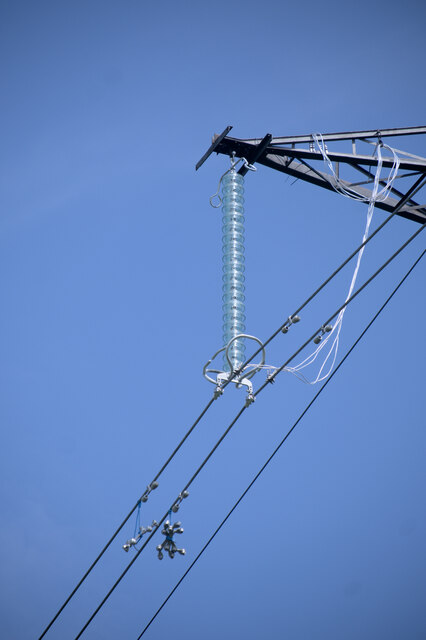
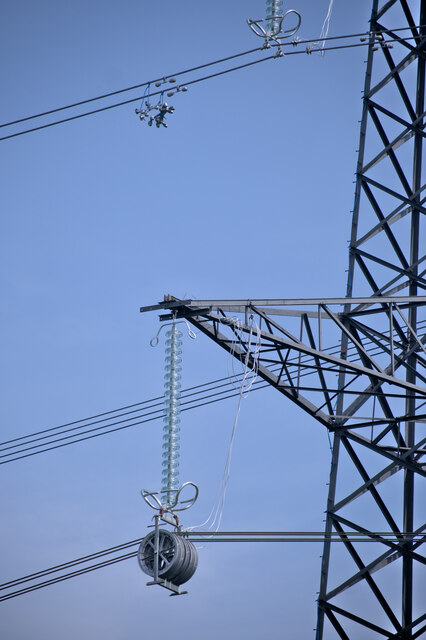
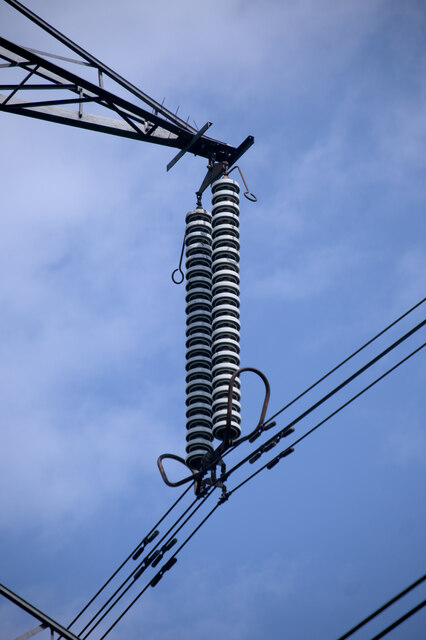
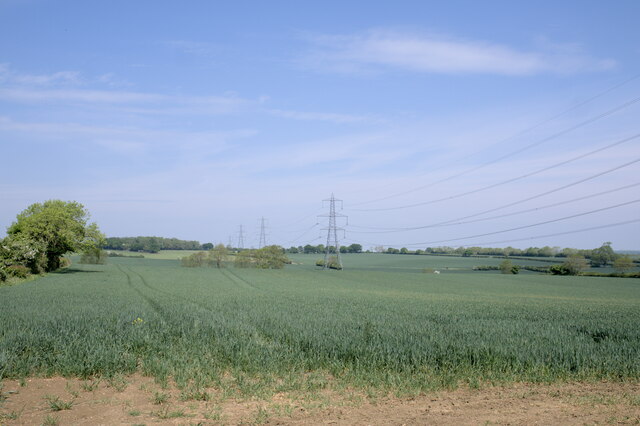
Beacon Hill is located at Grid Ref: SK9821 (Lat: 52.779842, Lng: -0.54656841)
Administrative County: Lincolnshire
District: South Kesteven
Police Authority: Lincolnshire
What 3 Words
///values.debater.majors. Near Corby Glen, Lincolnshire
Nearby Locations
Related Wikis
Swayfield
Swayfield is a village and civil parish in the South Kesteven district of Lincolnshire, England. The population of the civil parish at the 2011 census...
Counthorpe and Creeton
Counthorpe and Creeton is a civil parish in the South Kesteven district of Lincolnshire, England. According to the 2001 census it had a population of...
Castle Bytham
Castle Bytham is a village and civil parish of around 300 houses in South Kesteven, Lincolnshire, England. It is located 9 miles (14 km) north of Stamford...
Bytham Castle
Bytham Castle was a castle in the village of Castle Bytham in Lincolnshire (grid reference SK992186.) The castle is thought to be of early Norman origin...
Castle Bytham railway station
Castle Bytham railway station was a station in Castle Bytham. It was Midland Railway property but train services were operated by the Midland and Great...
Corby Glen railway station
Corby Glen railway station was a station on the Great Northern Railway main line serving Corby Glen, Lincolnshire. It was west of the village on the Melton...
Creeton
Creeton is a hamlet in the civil parish of Counthorpe and Creeton in the South Kesteven district of Lincolnshire, England. It is situated 3 miles (5 km...
Castle Bytham Quarry
Castle Bytham quarry is a disused quarry located close to the centre of the village of Castle Bytham, Lincolnshire, England. It is famous for the exposure...
Nearby Amenities
Located within 500m of 52.779842,-0.54656841Have you been to Beacon Hill?
Leave your review of Beacon Hill below (or comments, questions and feedback).
